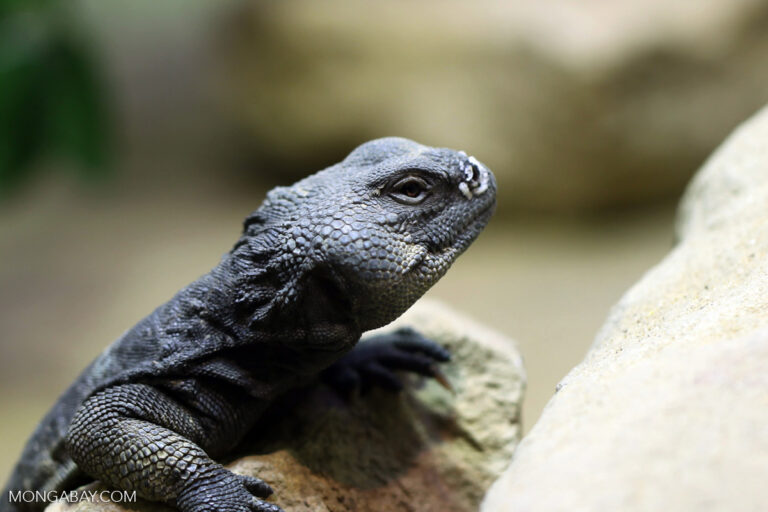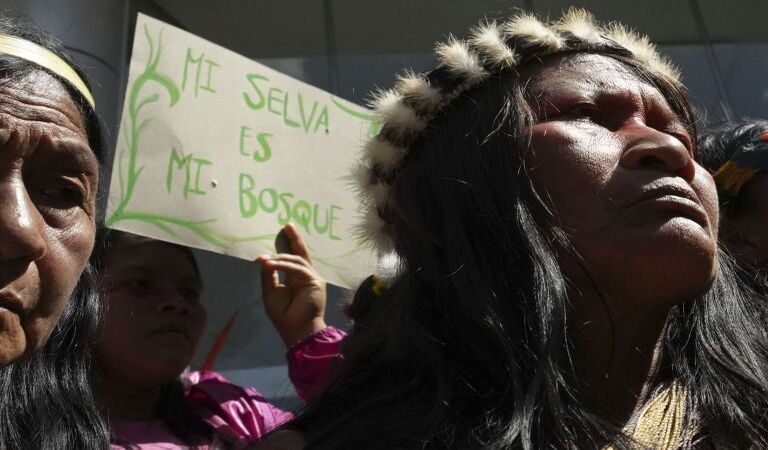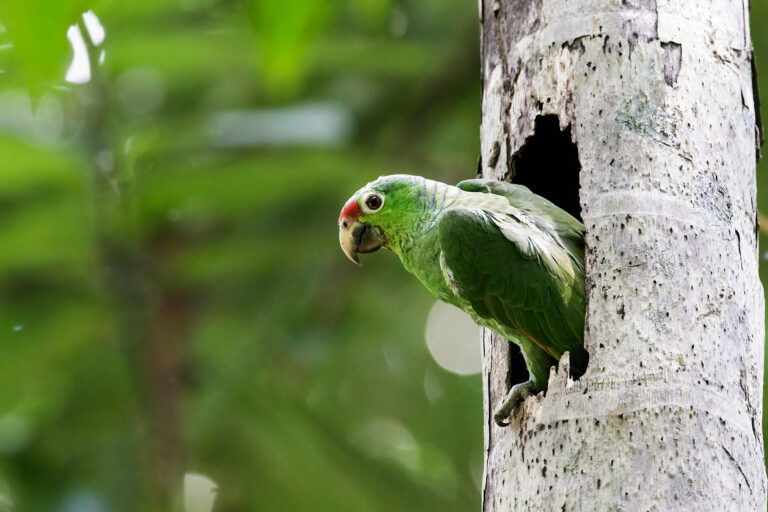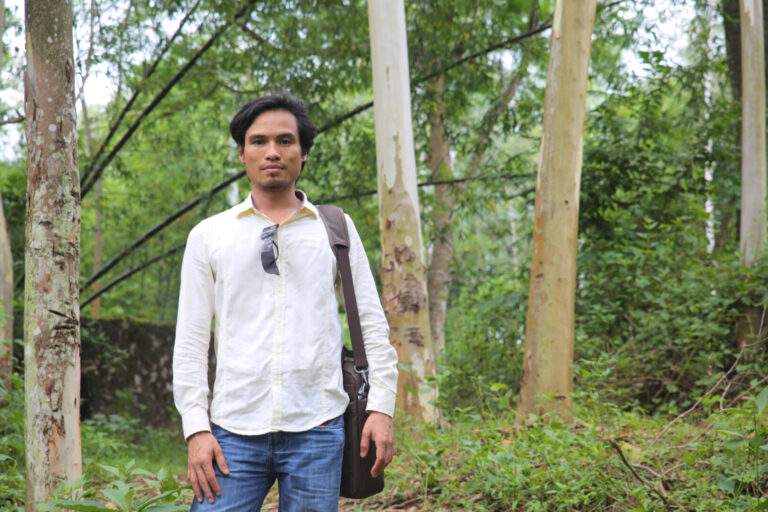- Ecosia is a search engine that uses its advertising revenue to fund tree-planting projects; since its launch in 2009, the company has financed the planting of more than 124 million trees.
- In March 2021 alone, the Berlin-based company made nearly 2 million euros ($2.4 million), more than 40% of which went directly to tree planting in 14 countries across five continents, according to their financial reports,
- Mongabay spoke with Ecosia’s chief tree-planting officer, Pieter van Midwood, to learn more about Ecosia’s business model, its approach to tree planting, and the reforestation sector.
Almost everyone has heard of a Google search. But what about Ecosia, the search engine that uses its advertising revenue to plants trees? Can a click make a difference?
Mongabay spoke with Ecosia’s chief tree-planting officer, Pieter van Midwood, to learn more about Ecosia’s business model, its approach to tree planting, and the reforestation sector.
The Berlin-based company Ecosia launched in 2009. It has since financed the planting of more than 125 million trees. In March 2021 alone, Ecosia brought in nearly 2 million euros ($2.4 million), according to its monthly financial report. More than 40% of the money went directly to planting trees in 14 countries, including Burkina Faso, Brazil, and Indonesia.
“It should be noted that Ecosia was created with this purpose,” Van Midwood said, “to mobilize finance for restoration — and every initiative we discuss in our company is led by the question of how it will help us to plant even more trees.”
The ads on Ecosia are delivered by Bing, and Ecosia earns revenue when a user clicks on an ad. Some, more lucrative keyword advertisements are more valuable to Ecosia than others. Because not every user clicks an ad each time they search, Ecosia earns an average of 0.5 cents (Euro) per search, so it takes approximately 45 searches to finance the planting of one tree.
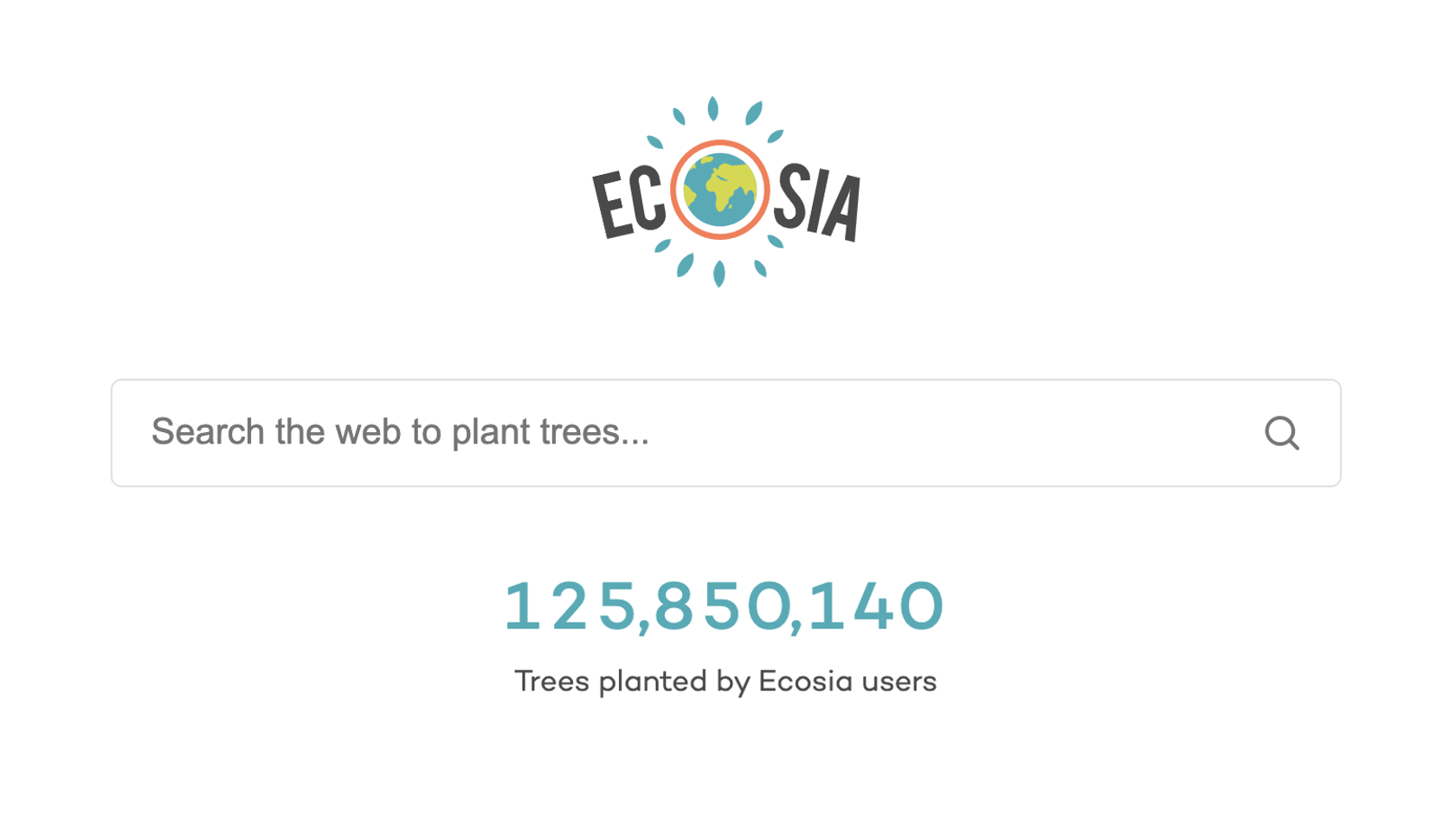
Ecosia finances tree-planting efforts in areas where biodiversity is at risk and where the local community can participate in and benefit from the projects. And while Ecosia brings the money, a network of more than 50 partner organizations do the on-the-ground work of growing seedlings, planting trees, and maintaining reforested plots.
“[Ecosia is] simple. They’re right to the point, friendly, and they believe in what you do. And if you keep doing your excellent work, I think you’ll just get more trees,” Laury Cullen, director of the Institute for Ecological Research (IPÊ), one of Ecosia’s partners in Brazil’s Atlantic Forest, told Mongabay. “They try to visit us every year… I think that’s the very best way to report to your donor that you are doing the right stuff. They can see your work on the ground and not just the paper reports.”
Tree planting has become a hot topic in recent years, with many groups, companies and governments scrambling to plant trees to offset carbon emissions and address climate change. But trees are about more than climate, Van Midwood says.
“Now, everyone wants to plant trees, sometimes for the right, but also, I think, sometimes for the wrong reasons,” he said. “If we are going to see trees as a silver bullet to solve climate change, you know, this is an incredibly dangerous development … we really can’t afford to just focus on trees, we also have to reduce emissions.”
“Trees are very inspirational things. We shouldn’t kind of only see them as a way to store carbon.”
Pieter van Midwoud discussed these issues and more during an interview with Mongabay staff writer Liz Kimbrough. This interview has been lightly edited for style and clarity.
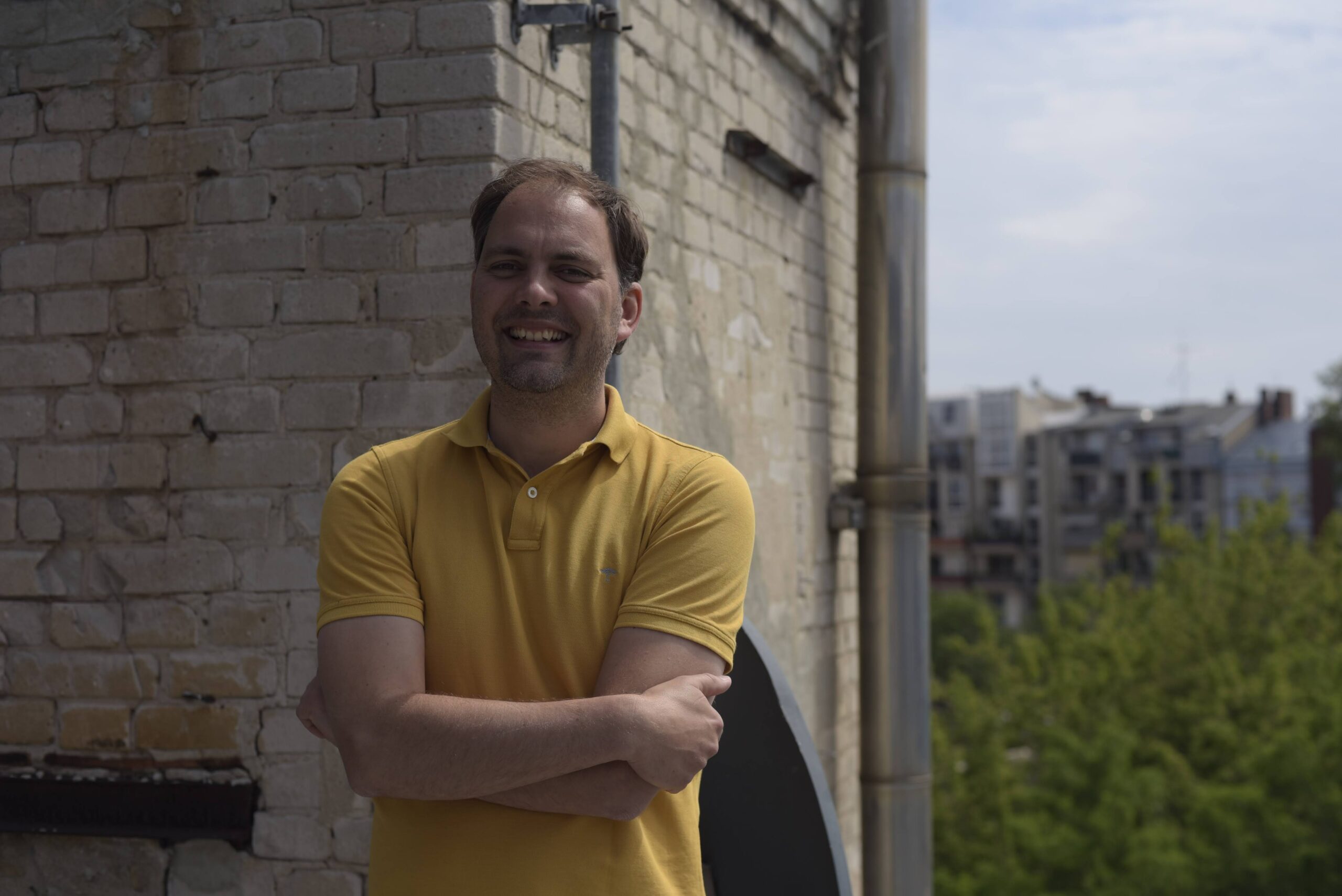
Mongabay: Tell me about your background and your current role at Ecosia.
Pieter van Midwoud: I hold an M.Sc. in forest and nature conservation from Wageningen University & Research in the Netherlands. After my studies, I worked in the development and management of carbon standards for holistic reforestation projects. In 2016 I joined Ecosia, the search engine that plants trees, as their first tree-planting officer. Since then I have been working, together with my team, to create and develop a portfolio of 60 reforestation projects all around the world. We have developed a standardized way of sourcing, developing, implementing and monitoring our projects, that I think is quite unique in its relatively simple yet consistent approach, allowing all kinds of different projects and setups to work with us.
Mongabay: What is unique about Ecosia’s approach to tree planting?
Pieter van Midwoud: Ecosia is a search engine that uses its profits from advertising revenue to plant trees. Thanks to searches from our 15 million global users, we have been able to finance over 124 million trees since Ecosia was founded in 2009. It should be noted that Ecosia was created with this purpose — to mobilize finance for restoration — and every initiative we discuss in our company is led by the question of how it will help us to plant even more trees.
For actually planting those trees, we currently work with around 50 different partners. We helped many of these partners to professionalize and scale their work on the ground, resulting in a vibrant and very results-focused group of organizations. Together with them we plant over 800 different tree species, around 10% of which are threatened (or worse), according to the IUCN Red List. We want to trigger our partners to think not about how many trees they want to plant, but about what interventions are needed to ensure more trees are growing after three years. Therefore we are pioneering the use of seedballs, direct seeding, natural regeneration and even firefighting. Whatever is the sound approach in the socioeconomic context to bring trees back. All planting locations get reported to us, and on a good day, we have over 100 locations reported to us with GPS coordinates and pictures of where trees have been planted. We monitor the trees for three years, and from the end of May this year, are kick-starting monthly monitoring by using Planet Dove 3-meter resolution [satellite imagery], where we compare NDVI [normalized difference vegetation index] development against peer sites and reference areas. We want to spearhead how restoration is done and inspire the sector.

Mongabay: How does Ecosia choose projects to fund? How do you establish that a project is legitimate?
Pieter van Midwoud: Projects apply to Ecosia through our online form, but we also ask our partners about other projects and source them via our network. As part of our due diligence, we go extensively through the project proposal and always suggest changes based on our experience with others. During these calls, you get a feeling for how serious the potential partner is. In addition, we do reference calls and general checking in our networks and online. Then, we usually start with a smaller one-year contract, so both the partner and Ecosia experience how the collaboration works in practice. If traveling allows, we visit the project to see the work on the ground, or we ask locally embedded auditors in our network to visit the project on our behalf.
Our contracts with the partners have clearly defined milestones and payments that relate to those milestones. In addition, we have WhatsApp groups with all our projects, through which they frequently share stories and information from the field. Often, these pictures land within the hour on our social media channels, so interested followers also see what is going on in the field.
Mongabay: What advice would you give to those who want to invest in tree planting?
Pieter van Midwoud: At the very minimum: if you pay someone for planting trees, ask the locations of where those trees are planted. At Ecosia, we require a polygon (shapefile) for areas on which more than 200 trees are planted. You should also ask how many trees and which species are planted within the area. However, if you really want to invest some serious money into tree planting, make sure you work with an organization that has expertise in designing, implementing and monitoring these projects. Like you would do with any other business venture.

Mongabay: What are your thoughts on the tree-planning sector in general?
Pieter van Midwoud: Because of the strong demand there currently is, the sector is developing rapidly, including all the success and errors that come with that. I see groups preparing themselves to milk the money out of this market as efficiently as possible and others that are very serious about the impact they want to have, but that actually have no idea about numbers and techniques and just say things that they feel is reasonable. But: tree planting is not easy. Even planting a single tree is hard work, and if you want to scale it, you need to understand very much the dependencies, infrastructure, and so on, that go with it. And tree planting is not a technical activity alone; half of the longevity of the work depends on designing it within the right local socioeconomic framework. Getting all those small individual parts right and then making the project fly, and fly well, is actually close to rocket science. And even rocket science has the advantage that there are no people living on the moon that need to be involved in the project.
I am also skeptical about the strong focus on the carbon sequestration power of trees. Yes, trees absorb carbon dioxide, but locally their push to biodiversity, their value to people, their role in adapting agriculture to climate change is way more critical. I am fine if carbon markets help good projects to become a reality, but appreciating trees only because of carbon means also disappreciating trees when the “trees and carbon” hype is over, which would be incredibly stupid and dangerous.
Banner image of the “Corridors for Life” reforestation project in Brazil that has restored connectivity to forest fragments in the Atlantic Forest. Photo by IPÊ (Instituto de Pesquisas Ecológicas) via Ecosia.
Related listening: Hear this writer and others at Mongabay further discuss reforestation topics on our podcast, listen here:
FEEDBACK: Use this form to send a message to the author of this post. If you want to post a public comment, you can do that at the bottom of the page.







